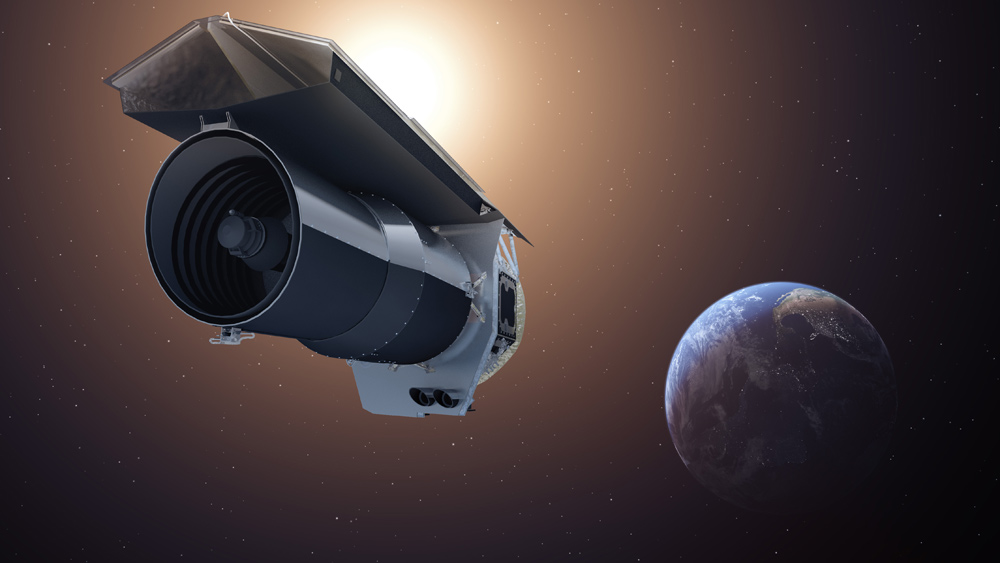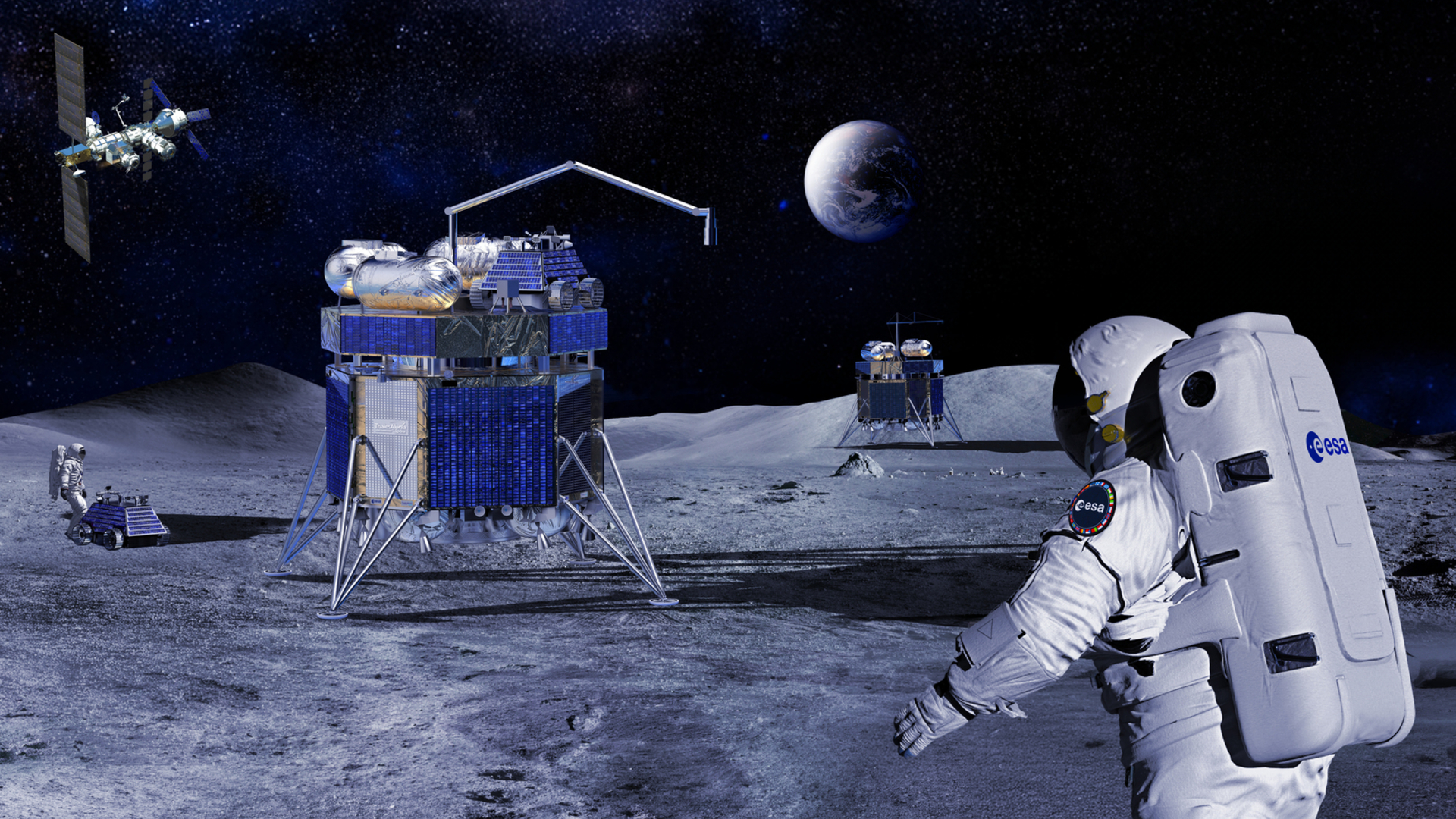Spitzer Space Telescope Passes 5,000 Days in Space

A NASA space telescope recently passed 5,000 days since the start of its mission in 2003, and it's still going strong.
The Spitzer Space Telescope studies cosmic targets that radiate infrared light. This new video from NASA's Jet Propulsion Laboratory provides an overview of how the telescope operates. As of May 3, the spacecraft has been operating for 5,000 days.
The Spitzer telescope needs to be able to operate independently of its human operators, so it's an autonomous spacecraft — effectively, an astronomy robot, according to the video. The phrase "space robot" often evokes visions of science-fiction bots, such as C-3PO from "Star Wars, "or the real-world rovers that NASA operates on Mars, such as Curiosity. Spitzer doesn't have arms or legs, but it is definitely a space robot. [In Photos: The Spitzer Space Telescope's View of the Universe]
Spitzer pivots on its axis to look at targets over a wide area of the sky, while trailing behind Earth in its orbit around the sun. (The sun's light somewhat restricts Spitzer's field of view; the telescope must use a shield to protect itself from direct sunlight, which could cause overheating.) Over time, the telescope has drifted so far behind Earth that it now takes 25 minutes for a radio signal to make a round-trip from the planet to the spacecraft and back. This delay requires the telescope to perform observing runs with some independence from its human operators, which is why it is partly autonomous, according to the video, which NASA posted on YouTube this week.
The new video shows the motion of the spacecraft during a 2016 observing run that took place over six days, in which Spitzer monitored Neptune, comets, asteroids, two stars with exoplanets (including TRAPPIST-1), and galaxies both near and far, according to the video. Spitzer also did a three-week-long observing campaign of TRAPPIST-1 in 2016, helping scientists discover a total of seven Earth-size worlds in this system.
The Spitzer Space Telescope can work around the clock, with only 10 percent of its time devoted to transmitting data back and forth. This leaves 90 percent of its time to study objects in the infrared universe.
Spitzer is expected to remain active at least through the commissioning of NASA's next large space telescope, according to the video. Called the James Webb Space Telescope, it is expected to launch in 2018.
Breaking space news, the latest updates on rocket launches, skywatching events and more!
Follow Elizabeth Howell @howellspace, or Space.com @Spacedotcom. We're also on Facebook and Google+. Original article on Space.com.

Elizabeth Howell (she/her), Ph.D., was a staff writer in the spaceflight channel between 2022 and 2024 specializing in Canadian space news. She was contributing writer for Space.com for 10 years from 2012 to 2024. Elizabeth's reporting includes multiple exclusives with the White House, leading world coverage about a lost-and-found space tomato on the International Space Station, witnessing five human spaceflight launches on two continents, flying parabolic, working inside a spacesuit, and participating in a simulated Mars mission. Her latest book, "Why Am I Taller?" (ECW Press, 2022) is co-written with astronaut Dave Williams.
